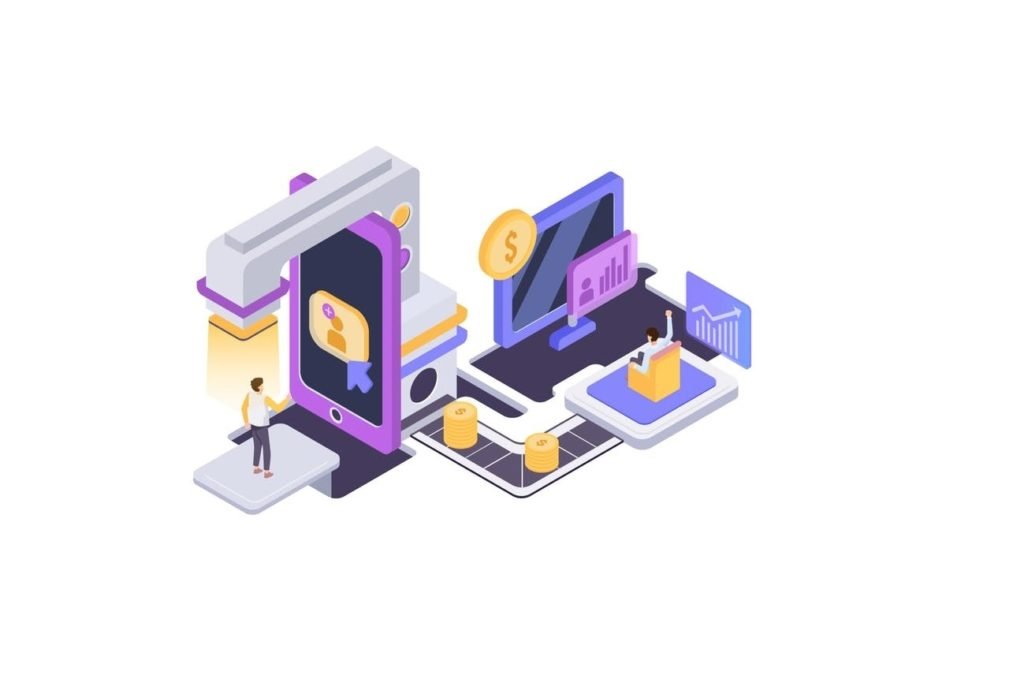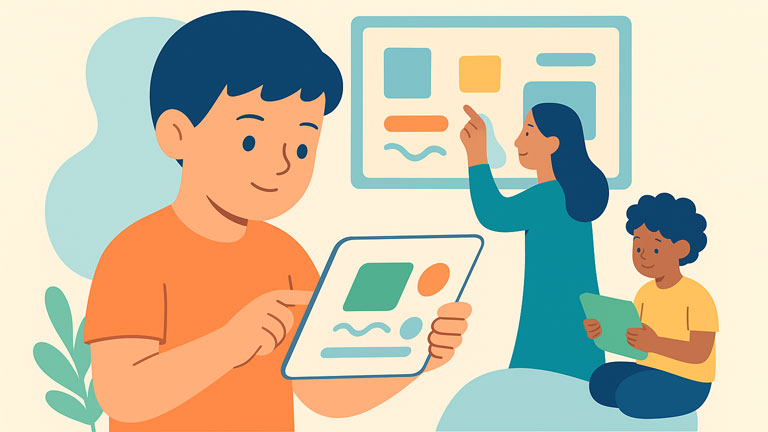
You have chosen AppMySite free WooCommerce app maker to build an app for your online store. Now, you are looking for many ways to promote it. Having a presence on social media gives you an incredible opportunity to popularize your app.
For social media engagement, one must have more followers, likes, re-tweets, click-throughs, and ads. Using these channels too much, or not enough, should not be your strategy. You need to find the right balance for yourself and your business.
Social media metrics actually matter when you go through your planning session to get the most ROI for your time invested. It is the very first part of your marketing funnel, where people start becoming familiar with your brand and your message. That way, they will eventually sign up for your lead magnet and enter your sales funnel for real.
Let’s get into the eight social media metrics that truly matter for your app conversions:
1. Engaged commenters and number of average comments
Apart from spamming, comments are a good sign that reflects people are reading what you are posting. Not even reading, they are engaging with it on a high level, as well.
Just because people ‘like’ your page or follow you, it does not mean they are selling their loyalty to whatever you offer. Instead, people who actively engage and comment on your posts are actually making a difference to your business.
With this in mind, rather than trying to grow your likes or followers count, you should try to engage people via comments. Strategize your ways to encourage your commenters who are already actively involved.
2. Bounce rate
The bounce rate increases when a significant number of people come to your app and leave it after only viewing one page.
If you are using social media to drive traffic, the bounce rate is a critical metric to pay attention to. Your visitors must find your content exciting enough to stick around. If not, they will simply bounce. Alternatively, if yes, then they navigate your app to check out a few more pages before signing off.
Bounce rate metric helps you see the type of content your social media followers are most interested in, and the topics they don’t care about.
With this information, you can better accustom your social media strategy.
3. Visits vs. unique visitors
Understand these terms:
Visits: Each time a user visits your app, it counts as a visit.
Unique visitors: Each user counts only once.
Getting more and more unique visitors is really important when you are inclined towards growing and scaling your business. However, it will lead you to miss out on the real potential of having a social media strategy in the first place. In actuality, you need to retain them.
Posting on social media helps you drive more and new traffic to your app. The real power of these posts lies in ‘staying in touch’ with your target audience at the time they aren’t on your app. This way, you can even drive them deeper into your loyalty and engagement efforts.
4. Session time
Just imagine these two scenarios:
– A user who scrolled down the page and five seconds later exited your app.
– A person who spent time scrolling your pages and opted in for your lead magnet at the end of it.
This is more of the spectrum of options and user behaviour between these two points.
Even if your visitors left without visiting another page and gave you a ‘bounce,’ the time they have spent can give you a hint about how well you are doing.
This metric is perfect for measuring the success of your social media campaigns.
5. User-created funnels
Creating sales funnels help you lead visitors. You also need to pay attention to the funnel visitors made for themselves. This means that your visitors follow a link you share on social media posts too and might even click on call to action buttons you’ve placed within the post. Moreover, they can also click on your ‘About’ page, visit your pricing page, and more before they exit your app.
Understand which funnels most social visitors create for themselves; it will tell you a handful of beneficial things:
– How familiar they are with your brand
– Whether they visit your app just for seeing your products or they are looking for more
You can see these funnels within Google Analytics.
6. Organic mentions
Putting up social share buttons on the app means you are actively asking for shares.
It’s great when people share your content using these buttons. This simply means that your efforts have paid off. It is better when your users get engrossed in your products to buy and give you an online shout out.
Social sharing is a beautiful way to engage with the people who mention you and help you grow loyalty and interest via your social media channels.
Moreover, it is also an incredible way to build brand awareness and to engage them in their area of interest.
7. Subscribers, leads & sales
This is the metric that matters greatly.
Unfortunately, many social media marketers stop measuring this metric because they measure click-through rates. But, measuring the click-through rates doesn’t really matter.
For example, if only a few people click through on one of your ads, it means you have a small exclusive audience.
Click through rates aren’t irrelevant if you want traffic from your advertising efforts. But what’s more important is not to overlook the importance of a conversion rate by only seeing the significance of a click-through rate.
If you are not getting absolutely zero traffic from your ad campaigns or getting decent conversions from the traffic, click-through rate shouldn’t be on your top-of-mind.
8. Amplification rate
This metric is more about measuring user engagement.
The amplification rate shows that you amplify your message among the number of followers you have already got. This rate measures the shares and the number of followers of your company.
With this rate, you know how much you can expect your message to spread out that is just based on your followers. Find more ways to increase it. However, if this rate goes higher than you expected, you can pay more attention to that particular social channel to get your message spread even more.
Conclusion: Track what matters
Measuring these social media-related metrics are important for your business’s growth. You must know the path your target customers are taking, the link they are clicking and the content they are most interested in. That way, you can grow your business with more likeable content.
After building an app via WooCommerce mobile app builder, it is time to measure social media metrics. Let us know in comments about the best ideas on social media metrics that you have come across. sprunki horror Endless Fun Awaits!



